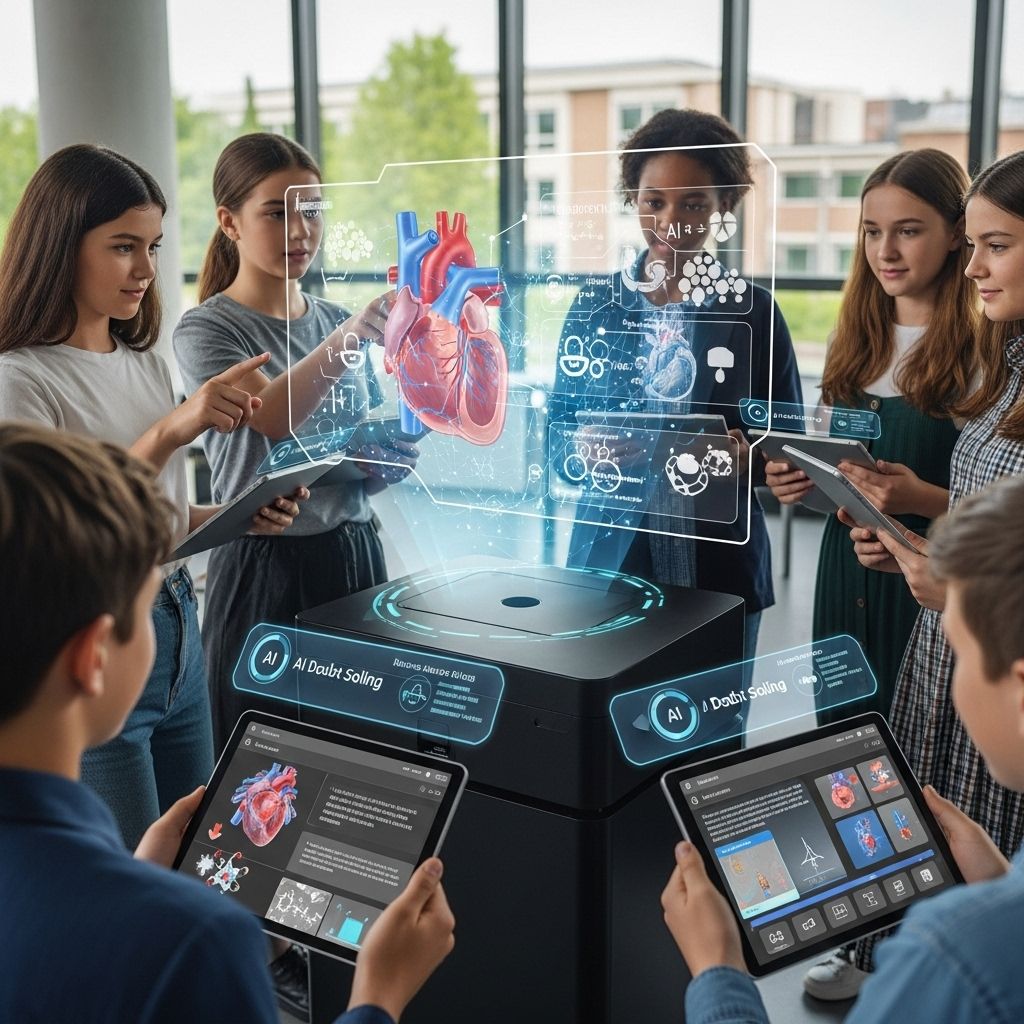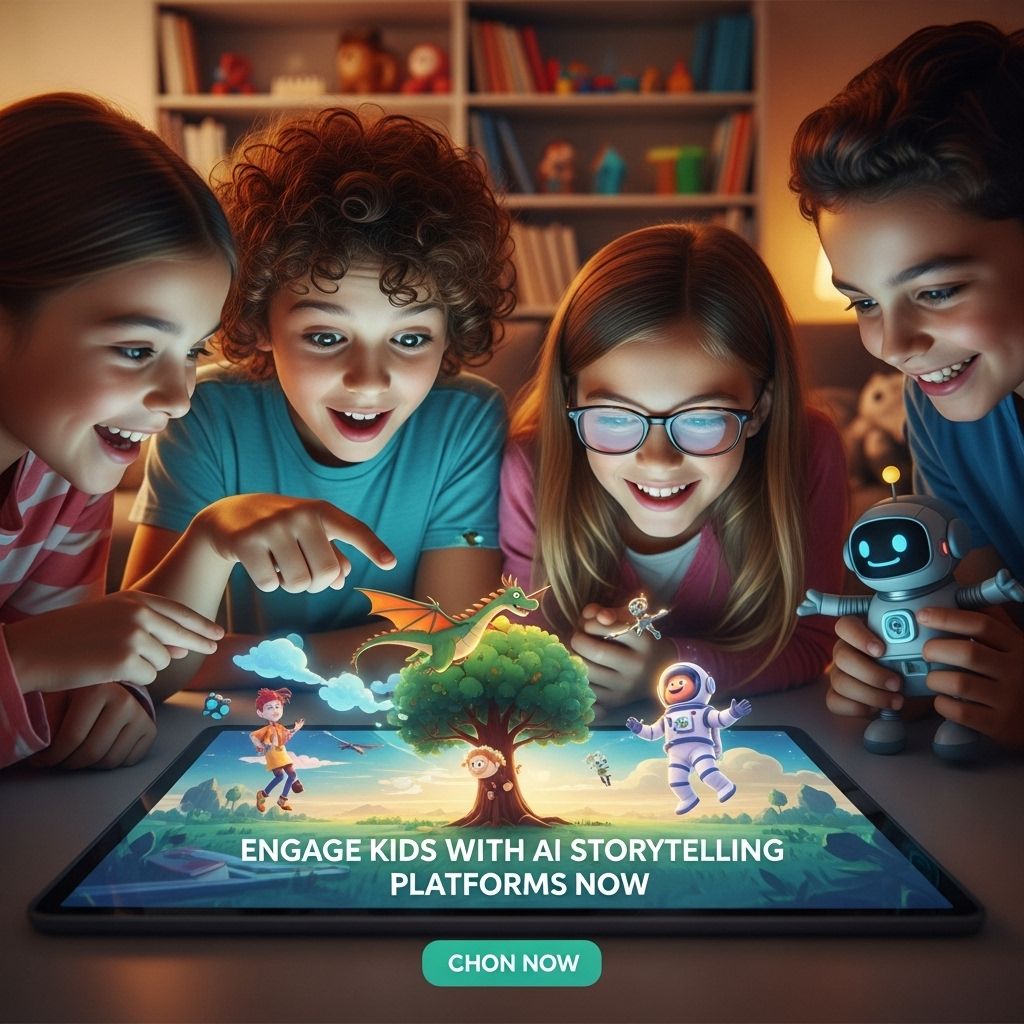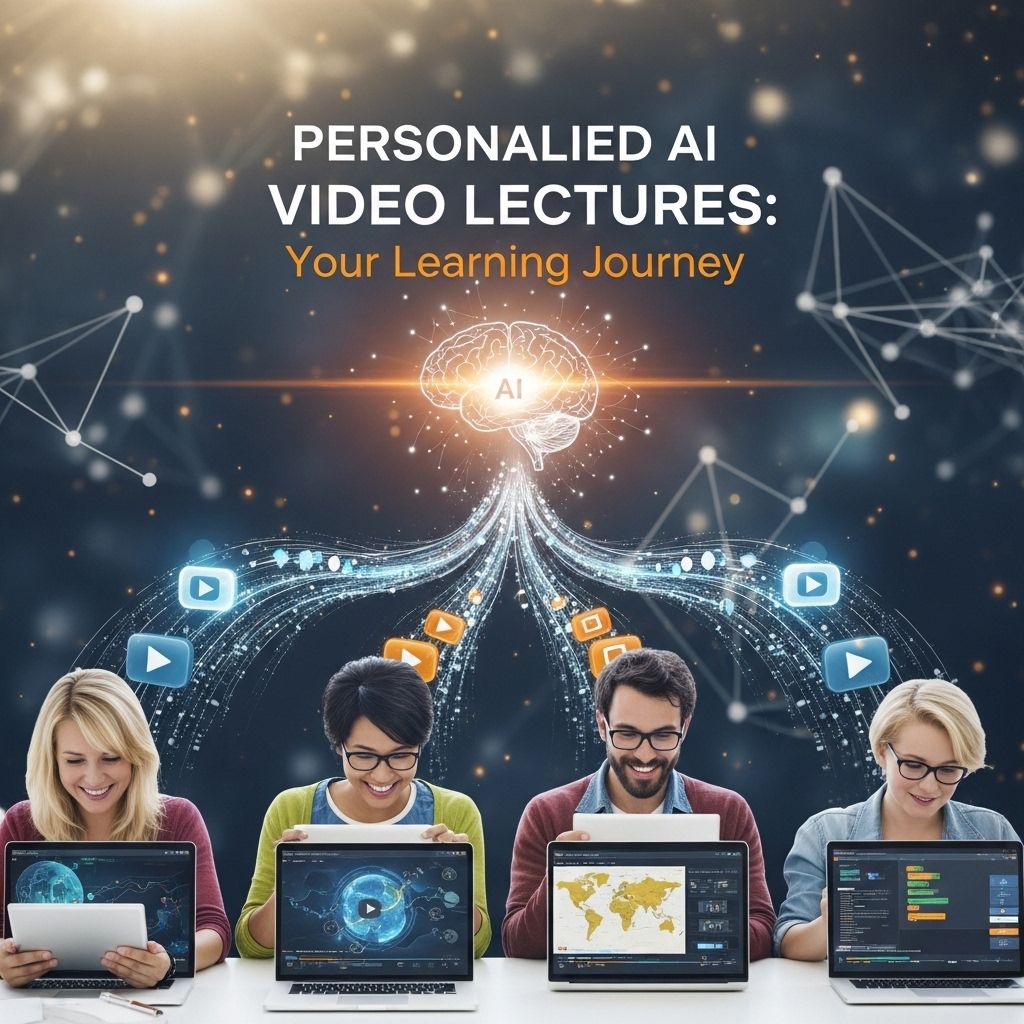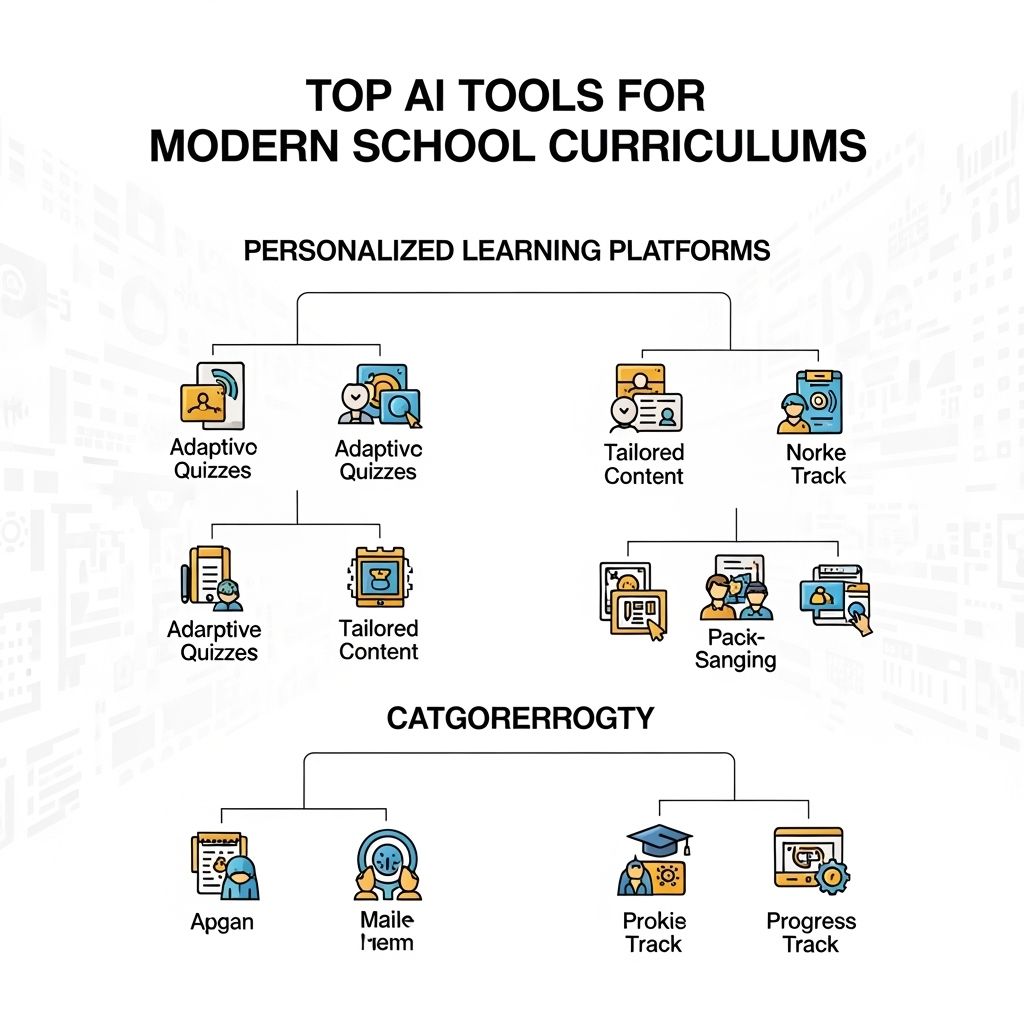Unlocking Fun: Best AI Storytelling Tools for Education
Discover the top AI storytelling tools that make learning fun and engaging for students of all ages.

In today’s digital age, the convergence of artificial intelligence and storytelling is transforming the landscape of education. With innovative tools designed to create engaging narratives, educators and students alike can harness the power of AI to enhance learning experiences. This article delves into some remarkable AI storytelling platforms specifically designed for educational purposes, highlighting their features, benefits, and how they can make learning both educational and entertaining.
Table of Contents
The Role of AI in Education
Artificial intelligence has become a pivotal element in modern education. Its capabilities extend beyond mere automation; it provides personalized learning experiences, automates administrative tasks, and offers insights into student performance. AI storytelling is a unique application of this technology that fuels creativity and enhances engagement among students.
Why Use AI for Storytelling?
- Enhanced Creativity: AI tools can help students generate ideas, develop plots, and create characters, fostering their creativity.
- Personalized Learning: By adapting stories to the learner’s preferences and reading levels, these tools cater to individual needs.
- Interactive Learning: AI storytelling platforms can create immersive experiences that keep students engaged and motivated.
- Accessibility: These tools can accommodate different learning styles, making education more inclusive.
Top AI Storytelling Platforms for Education
Here are some of the most effective AI storytelling tools that educators and students can utilize:
1. Storybird
Storybird is an online platform that leverages AI to help users create visual stories. It allows educators to assign projects where students can choose artwork and write stories based on their chosen images.
Features:
- User-friendly interface for easy navigation.
- Extensive image library to inspire creativity.
- Options for publishing and sharing stories.
2. ChatGPT
OpenAI’s ChatGPT can be used for generating narratives, dialogues, and even educational content. Students can prompt the AI to create stories based on specific themes or topics.
Benefits:
- Instant feedback and suggestions for story improvement.
- Encourages collaborative storytelling by allowing multiple students to contribute ideas.
- Access to a vast knowledge base for accurate content generation.
3. Write with Transformer
This AI tool uses a machine learning model to generate text based on a given input. It’s particularly useful for brainstorming ideas or overcoming writer’s block.
How to Use:
- Provide a starting sentence or theme.
- Let the AI generate a continuation.
- Refine and adapt the generated text to suit your narrative goals.
The Impact of AI Storytelling on Students
The application of AI storytelling in educational settings has profound implications:
1. Improved Literacy Skills
Storytelling encourages reading and writing, aiding students in developing essential literacy skills. AI tools can assist by providing examples, correcting grammar, and enhancing vocabulary.
2. Engagement and Motivation
AI-generated stories captivate students’ imagination, making learning more enjoyable. This heightened engagement can lead to better retention of information.
3. Critical Thinking Development
Creating stories with AI encourages students to think critically about plot structure, character development, and thematic elements.
Challenges and Considerations
Despite their advantages, the integration of AI storytelling in education is not without challenges:
1. Dependence on Technology
Excessive reliance on AI tools can hinder the development of fundamental writing skills. Educators should encourage a balance between traditional and AI-assisted methods.
2. Quality Control
AI-generated content may sometimes lack depth or accuracy. Teachers must review student work to ensure it meets educational standards.
3. Ethical Concerns
There are ethical considerations regarding data privacy and the potential for bias in AI algorithms. Educators should use tools that comply with legal and ethical guidelines.
Conclusion
The integration of AI storytelling tools in educational settings represents a significant advancement in how we approach learning. By fostering creativity, enhancing engagement, and promoting literacy, these platforms can transform the educational landscape. As educators continue to explore these innovative technologies, the potential for enriching student experiences grows exponentially.
Incorporating AI storytelling into classroom activities can pave the way for a more interactive, enjoyable, and effective learning environment. With the right balance, AI can become a powerful ally in the pursuit of knowledge.
FAQ
What is AI storytelling?
AI storytelling refers to the use of artificial intelligence technologies to create narratives, generate plots, and develop characters, often enhancing the storytelling experience in educational contexts.
How can AI storytelling benefit education?
AI storytelling can engage students by making learning interactive and personalized, allowing them to explore complex topics through narratives that resonate with their interests.
Are there any tools for AI storytelling in education?
Yes, there are various AI storytelling tools available such as ChatGPT, Storybird, and Plot Generator, which help educators and students create stories collaboratively.
Can AI storytelling improve creative writing skills?
Absolutely! AI storytelling can serve as a brainstorming partner, help refine ideas, and provide instant feedback, thereby enhancing students’ creative writing skills.
Is AI storytelling suitable for all age groups?
Yes, AI storytelling can be tailored to different age groups and learning levels, making it a versatile tool for educators to use across various subjects and age ranges.
How does AI storytelling enhance engagement in classrooms?
AI storytelling captivates students’ attention by integrating gamification and interactivity, making lessons more enjoyable and memorable.








